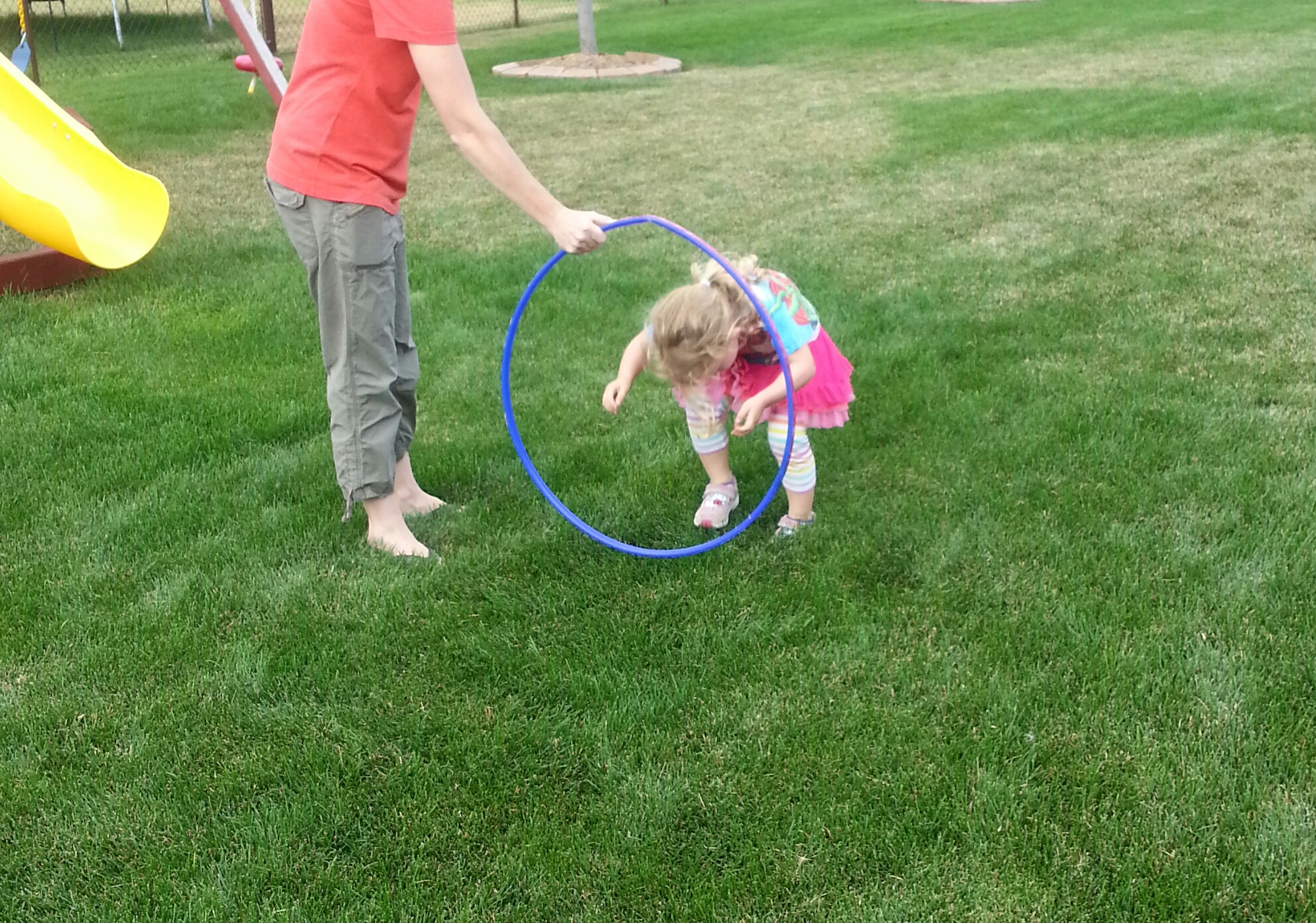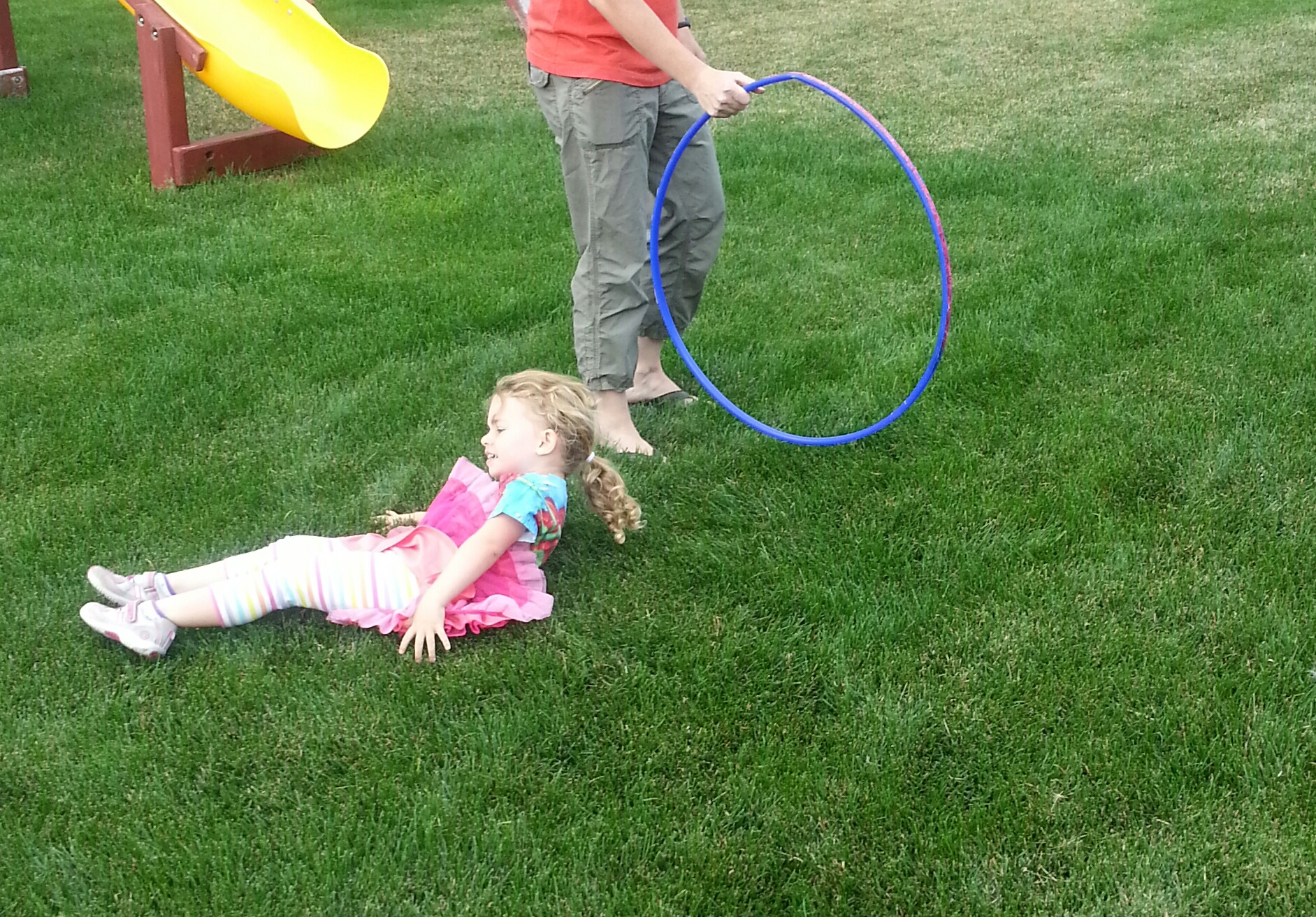I am pondering whether our daughter would be more empowered to succeed in the pursuit of our ambitious goal for her (to effect positive change in the world) if placed in a competitive environment that promotes the development of survival skills, or if she would be better off rarely having to exercise those skills at all.
A behavior is always to be taken transactionally: i.e., never as of the organism alone, any more than of the environment alone, but always as of the organic-environmental situation, with organisms and environmental objects taken as equally its aspect.
---- Dewey and Bentley, 1949
I began researching competitive environments in an effort to discover what defines or establishes “professional standards” and “social expectations”. After coming across a quote by Criss Jami, I seriously considered my level of professional expectations, to some extent, a deficit or “flaw”… a result of my own limited exposure and inability to appreciate the polarity of competitive vs. slower paced markets and thus having my own limited perspective / environment form what are perhaps ego-centric expectations.
Criss Jami writes:
“Self-righteousness is much like a spiritual egocentricity. It constitutes a secular type of love that thrives under conditionality, one in which is only existent after an individual meets the adopted standards of the condemner; oppositely, unconditional love is a holy love.”
― Criss Jami, Salomé: In Every Inch In Every Mile
Jami’s writing got me thinking deeper about what specific differences I was perceiving from market to market and I was reminded of my Grandpop Pete, who was a self-made millionaire and serial entrepreneur-
On Pride & Promotion:
"If you’re going to do any job at all,” he used to say “do it to the best of your ability. The result will be something special... When they asked me to sweep a floor in the Navy; I made damn sure I was going to be the best floor sweeper they had ever seen!"
It’s not much of a stretch to correlate “The Will to Succeed” with the similar “Will to Survive”.
Which causes me to consider my particular concept of “professional standards" as a learned survival skill which, inherently, would only be suited for particular environments.
Perhaps one’s conception of "professional standards" is as subjective as beauty…as pace…as rhythm. It’s certainly plausible that everyone’s own idea of “excellence” may be unique. Perhaps mine is merely a result of appreciating an unnecessarily high level of attention to detail and efficiency that has evolved in an densely populated environment saturated with proficiency... and thus demands it, if for no other reason... than to enable some to “stand out” in a crowd and “survive” professionally in an over-crowded and thus overly-competitive marketplace.
If population and market dynamics among cities, regions or countries vary significantly then “standards of excellence” may very well be as variable as cultural norms throughout the globe.
The question as to “Which environment is better for our daughter?”, has now evolved into “How can we raise our daughter to thrive and easily assimilate in any environment…competitive or not?
In asking myself these questions, I begin to question my own current social expectation theory: that “survival” is inexorably linked with adaptability - a trait of natural selection “adopted” to ensure survival….much like “industrial melanism” as postulated by Michael Majerus in “Melanism -Evolution in Action”
“Industrial Melanism” as postulated by Michael Majerus:
The light-colored form of the moth, known as typica, was the predominant form in England prior to the beginning of the industrial revolution. Shown at left, the typica moth's speckled wings are easy to spot against a dark background, but would be difficult to pick out against the light-colored bark of many trees common in England.
Around the middle of the 19th century, however, a new form of the moth began to appear. The first report of a dark-colored peppered moth was made in 1848. By 1895, the frequency in Manchester had reached a reported level of 98% of the moths.
This dark-colored form is known as carbonaria, and (as shown at right), it is easiest to see against a light background. As you can well imagine, carbonaria would be almost invisible against a dark background, just as typica would be difficult to see against a light background. The increase in carbonaria moths was so dramatic that many naturalists made the immediate suggestion that it had to be the result of the effects of industrial activity on the local landscape.
As noted on page 297 of the Elephant Book, coal burned during the early decades of the industrial revolution produced soot that blanketed the countryside of the industrial areas of England between London and Manchester. Several naturalists noted that the typica form was more common in the countryside, while the carbonaria moth prevailed in the sooty regions. Not surprisingly, many jumped to the conclusion that the darker moths had some sort of survival advantage in the newly-darkened landscape.
In recent years, the burning of cleaner fuels and the advent of Clean Air laws has changed the countryside even in industrial areas, and the sootiness that prevailed during the 19th century is all but gone from urban England. Coincidentally, the prevalence of the carbonaria form has declined dramatically. In fact, some biologists suggest that the dark forms will be all but extinct within a few decades.
For evolutionary biologists, the question behind the rise and fall of the carbonaria form is "Why?" Why should the dark phenotype have appeared so suddenly, come to dominate the population in industrial areas, and then have declined just as sharply when levels of pollution declined? To many biologists, the answer seemed obvious. In areas where pollution had darkened the landscape, the darker moths were better camouflaged and less like to be eaten by birds. Under less-polluted conditions, the light-colored moths prevailed for similar reasons.
But was the obvious answer correct? That's what Kettlewell set out to check in a series of classic studies carried out in the 1950s. As described in Chapter 14 of the text, his results seemed to confirm that background camouflage was the key”
Other examples of surviving through adaptation & evolution born out of competition can be seen in forests:
“Forest trees grow tall to compete with their neighbors for light. The competition is fierce, and the stakes are high. Most tree species can't reproduce without winning a place in the forest canopy. The evolution of trees is thought to be a kind of race; every time one species acquires the ability to get taller, it ups the ante for all the other species around it."
Taken from: http://www.dnr.state.mn.us/volunteer/janfeb10/tree_growth.html
Now considering the following:
Social Norms _"...people tend to adopt social norms and to tailor their behavior to meet the expectations those norms provide. When others do not meet these expectations, misunderstanding and conflict can result, or it can cause an individual to re-examine his expectations."
Social Roles- "Social roles are largely the result of internalizing normative behavior. By internalizing social roles, people learn what kinds of behavior are expected of them and adopt a set of expectations for the behavior of others. Social roles are considered social constructions, in that there is nothing inherent or essential about such behavior; instead, it is considered to be the result of social conditioning and acculturation."
--Cultural Expectations, Social Behavior and Interaction by: R.J. Rummel
Perhaps the best course of action is well-rounding our daughter as much as possible by exposing her to as many different environments as we can. This my serve to reinforce the inherent dangers of ego-centrism---namely, the frustration that often occurs a result of not being able to easily assimilate.
I heard a sermon recently, by pastor Jeff Wheeler of Central Baptist church here in Sioux Falls, - who spoke about Mark 5:19 and the value of leading an "oikos-centric" life. He was right. Considering a greater purpose of our lives, as the source of some possible service to our larger community/"oikos", has led me into an awareness and a re-alignment of my focus beyond the importance of having my own wants and expectations met...into remembering what I often tell clients: "...possibilities for greater things only reveal themselves when we take a step back and pause from the distractions of ourselves to see the bigger picture."





